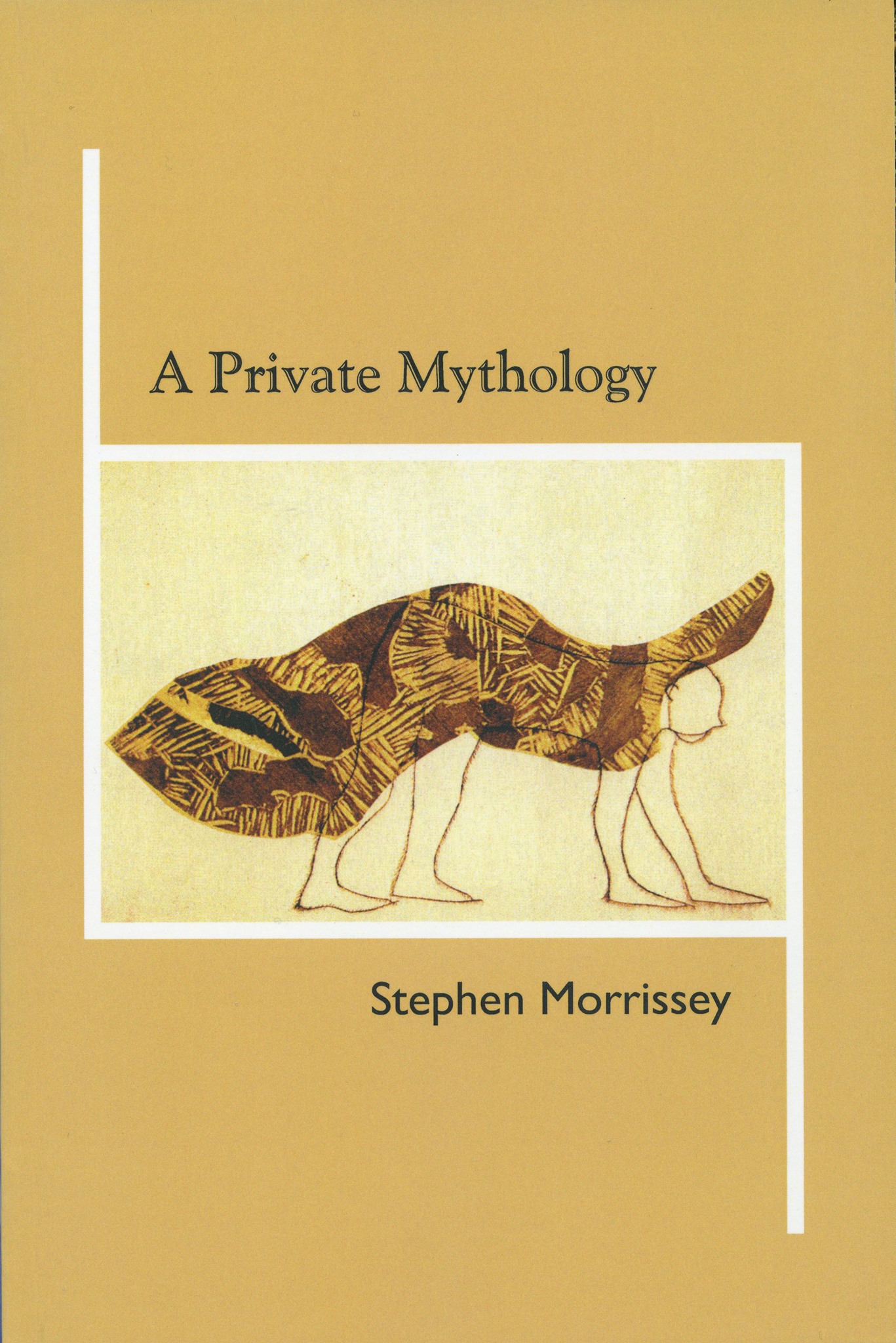Articles & Reviews
Michael Cameron, review of The Trees of Unknowing, Montreal Writer's Forum, 1979
There is a parallel between an interest in Eastern philosophy and the avant-garde. This isn't a rule by any means, but an uncanny coincidence exists between most of the major breakthroughs in twentieth century art and a familiarity with the randomness and flux that are the basis of most Oriental religions. In poetry, important pathfinders who fall into this category include Ashberry, Ginsberg, Saint-John Perse, Octavio Paz, among others; in painting, Rothko, possibly Duchamp, some of the surrealists; in modern dance, Merce Cunningham and Graham; in music, Cage (of paramount importance), Shoenberg, Boulez, Canada's Four Horsemen (who bridge poetry with sound and rhythm); there may be some sculptors (Tinguely?). A list of modern artists who have at least dipped into Zen, the Tao, or the Vedas reads like a Who's Who: Joyce, Eliot, Pound, Yeats, Hesse, Isherwood, Gary Synder, Gauguin, Picasso, Matisse, Jung must be mentioned, though not an artist, the list goes on an on. It's as if reason, science, materialism, and the Judaeo-Christian tradition are deviations from some mysterious central truth we've all forgotten.
Stephen Morrissey's book humbly joins these artists' work. Its poems are almost anti-poems, quiet improvisations that celebrate life over art, acceptance over will, and (ultimately) silence over virtually linguistic possibilities.
there is less we can be
sure abt less everyday the
things we can
know for certain
the seagulls leave
their footprints in the snow
everyday they come & eat
whatever is left for them
The purity of this work is extreme. Its silences border on an art transcending technique and even viewpoint. The images are elemental, there are few adjectives, though everyday details such as Cadillacs, Nova Scotia and Max Ernst remain. Whiteness, the colour of unity, realization, a pure muteness, is pervasive here in the form of snow, clouds, white flowers and butterflies, foam, emptiness. There is an elusive quality in these poems, a sense that the author is unconcerned whether you read them at all. This may be intentional. In "The Insecurity of Art", a short manifesto that begins the book, Morrissey lists what he believes. This includes four major credos: (1) Arts should be identical with life: totally free of any centralizing ego; (2) no fixed style or methodology, since style is self; (3) the necessity of a multi-media approach to keep the individual arts fluent and new; (4) no opinions: reflecting life as it always is. In poem after poem, Morrissey lives up to these statements: "...being alive is to ride the waves/ and not get washt up on a deserted beach." However, we learn virtually nothing about the poet, only about his world: "the self is a blind watchdog/ barking in the nite." The title of the book, thus, becomes clarified: the mind is part of the self, a collection of past acts, it can ultimately know nothing and can only experience reality as a holistic blend of change and stasis. But instead of despair at man's ignorance, Morrissey radically celebrates it.
True to his word, the poet mixes several media in The Trees of Unknowing. As well as poems, there are concrete poems, some weird haiku, and a series of interesting pastoral photographs by Pat Walsh. The "haikus" bother me: these are typed in a continuous repetition over a (probably) randomly shaped stencil. It's an interesting technique that does achieve a disembodied "edgelessness", but it seems a little inconsequential. Haikus always seem to be not worth the effort. They are too personal, too abstract, to "religious", to make good poetry. A few other poems fail this way. They seem to go beyond art which, like it or not, is made of objects, colours, form. When the author-as-reference-point is gone, often the art goes too. Auden is right when he says poetry is inadequate to express religious emotions. If they write poetry, mystics must "slum" a bit to describe the finite, messed up, temporal world we all inhabit. One wonders if Morrissey is interested in further poetry, whether he'll come back down.
At any event, this is an excellent collection: simple, wry, a true example of witness by an original poet. Two things to be careful of: one is Louis Dudek's 7-line introduction. It's a patronizing little nihil obstat that shouldn't be there, coming from an elder who probably has little sympathy with Morrissey's work or ideas. The other is what these ideas are: though the poet says "I am aiming for the hermetic statement," the poems are not at all obscure. They are a blend of surreal imagery applied to the simplest of objects and situations. The philosophy expressed is that of Krishnamurti, who goes beyond Dharma, Tao, and Veda where there is no format at all for Being. Everything is here now, self-evident and available. Krishnamurti is the key to the "Cabala" of these poems, but it is Morrissey who can dare to say "yes, life is a good thing". We need more joyous poets like this.
Copyright © 2003 The author

